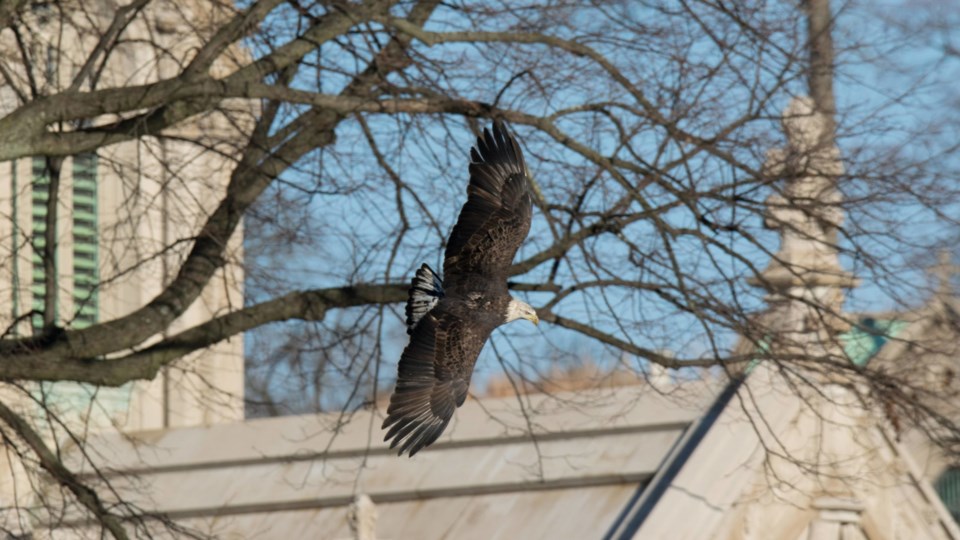Bird-watching has taken off as a pandemic-hobby in Brooklyn, and the borough's birders say now is one of the most exciting times to get involved.
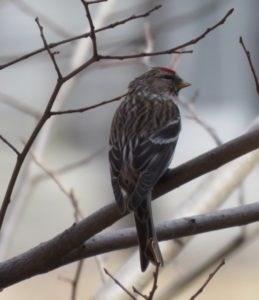
Not only is there an influx of birds to the borough during winter, it's also a special year for birdwatching, with a winter finch "irruption," Brooklyn Bird Club president Dennis Hrehowsik said.
"I would say it's a particularly exciting year, at a time when we expect to have a good variety in December and January, but a little extra spice this year because of the boreal finches."
In 2020, the numbers of amateur birders spiked. With many turning to new hobbies and stress-relievers during quarantine, birding rose along with baking sourdough and cycling as one of the newest pastimes of Brooklynites.
During the pandemic, the Brooklyn Bird Club grew its membership by more than 30 percent to over 300 people, Hrehowsik said. And the new members have brought the average age down.
"Now the 25- to 34-year-old demographic is almost as big as the retired demo. It's what I would call the 'hipster demo'," Hrehowsik said.
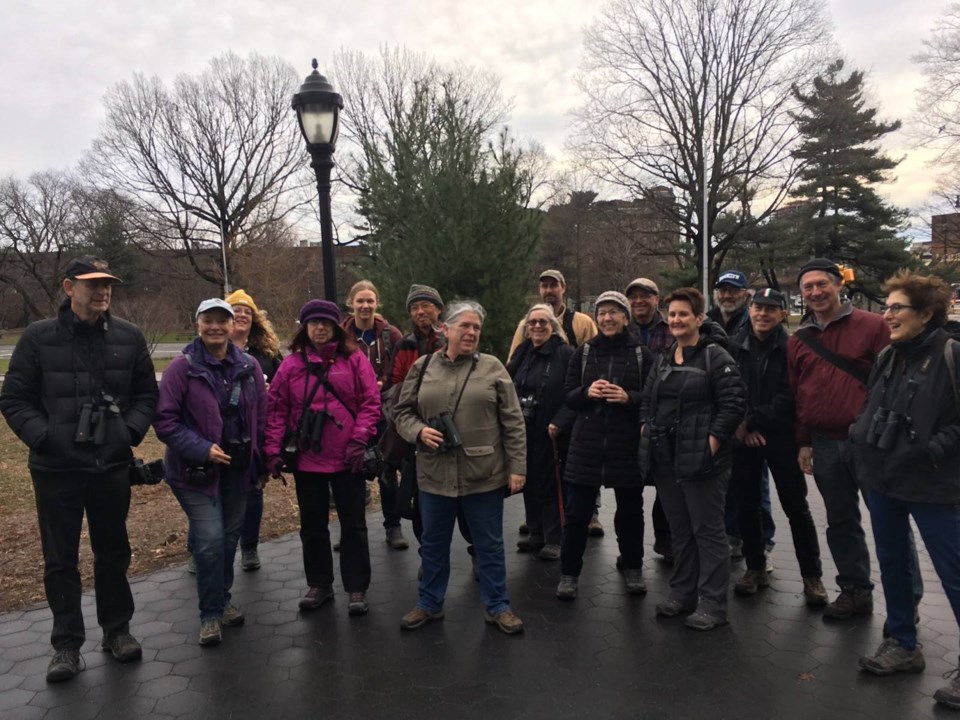
He pointed to Brooklynites looking for hobbies that weren't cool, but could be. "And they landed on birding and were like, "Oh this is pretty cool'."
Park Slope's Diana Quick said she has enjoyed birds for a while, but became more interested -- and had more time -- during the pandemic.
"I'm really lucky to live within easy walking distance of both Green-Wood Cemetery and Prospect Park, which are both great for birding. The pandemic started around the same time as the spring migration, so it was an excellent opportunity to spend more time observing and learning," she said.
In the spring, a two-year-old bald eagle appeared in the cemetery, with the bird community dubbing him 'Rover'. He disappeared over summer, but returned in the late fall. "I saw him for the first time in a while on election day, swooping around over Sylvan Water, which I took as a good omen," Quick said.
She didn't see him again until last week, when a friend spotted him again. She went down to the cemetery on her lunch break and saw him "in his favorite tree at the edge of Sylvan Water" and snapped some incredible photos.
"It's also thrilling when "exotic" birds appear that usually aren't in this part of the world, like the western tanager and ash-throated flycatcher that were in the cemetery recently," she said.
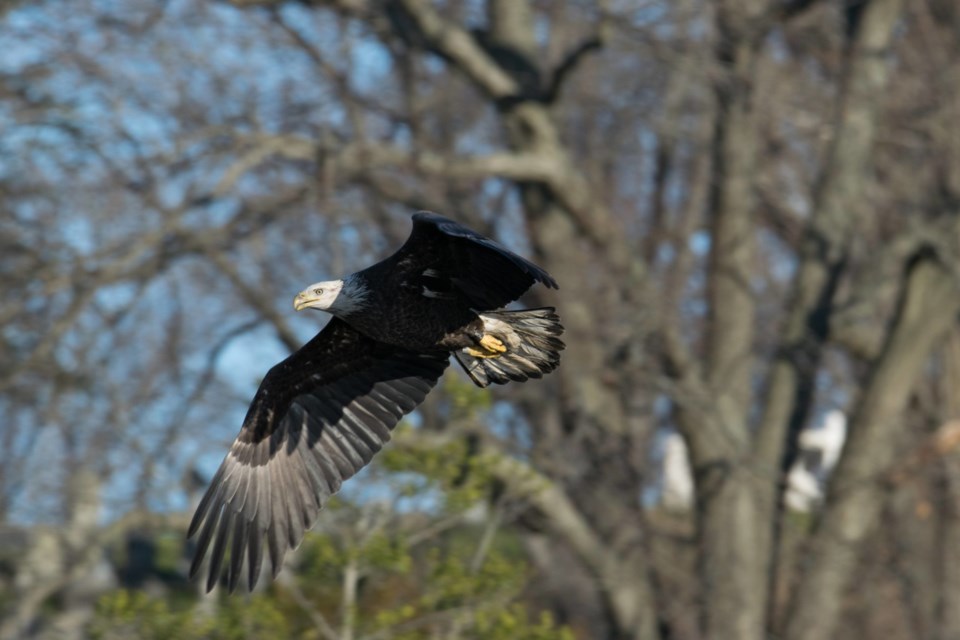
Bald eagles are actually one of the rarer birds of prey to see in Brooklyn -- most time you see a raptor it is likely a red tailed hawk, Hrehowsik explained.
Brooklyn is also home to more than 100 nesting pairs of North America's littlest falcon, the American Kestrel, which likes to nest in the rusted tin scrolls on the corner of brownstones.
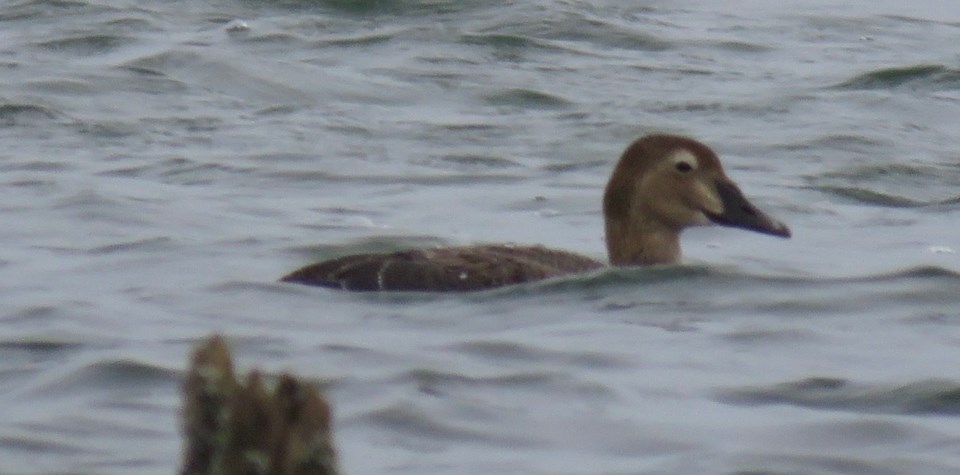
Birdwatching as a whole has boomed across the country. Online birdwatching database eBird saw 186,377 new birders sign up to its platform from just March to June last year (a 68% increase year-over-year). And bird identification app Merlin was downloaded more than 150,000 times in April.
Not only is birding a safe, socially-distanced activity to do, the community and connection to nature can also provide mental health benefits. Hrehowsik said having a life based around the cycle of the birds gave people stability in uncertain times.
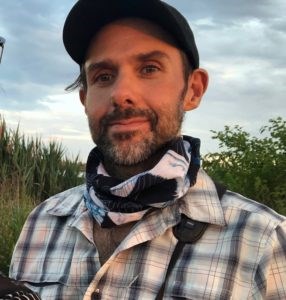
"There's this thing happening in our human world, but the world at large -- nature -- is just chugging along, and it's going to be OK, and it's something bigger than us. That's comforting to look to."
Brooklyn is a particularly exciting place to start bird watching, with the city located along a unique natural "bird highway" called the Atlantic Flyway. The Atlantic Flyway -- a major migratory route -- stretches from the tropical areas of South America towards Greenland.
Brooklyn birdwatchers might start out in Prospect Park, which is one of only five city parks in the country to be designated as an Important Bird Area (IBA) critical for bird conservation.
Right now, the birding community is excited for an influx of winter finches like the beautiful red crossbills, redpolls and pine siskins. Amateur birders can track other birds coming through on spring migration beginning February here.
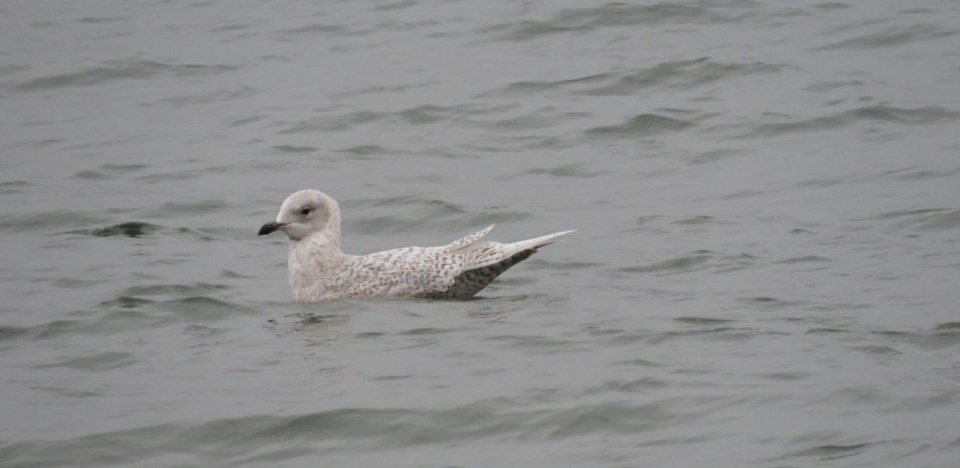
But there's plenty of other places to spot birds in the borough, too. Some of the big ones are Green-Wood Cemetery, where birders like Quick have recently sighted Rover the bald eagle, as well as the Jamaica Bay Wildlife Refuge, Marine Park Salt Marsh, Floyd Bennett Field and under the Verrazano Bridge.
"I'm so spoiled when I really think about it -- that a lot of the beauty I get to enjoy on a regular basis is only a subway ride away," Hrehowsik said.
"All these different habitats, all this nature, it's all accessible, all free for the taking once that curtain is pulled back."
First Time Brooklyn Birder Starter Park:
- You don't need anything except an interest to learn about birds, Hrehowsik says
- To start out, just go to your local park and look at the birds
- Start by looking at ducks, they're big and easy to see and they don't move a lot, Hrehowsik said
- Try identifying a mallard, a swan, and then if you see something you don't know, grab a printed guide of North American birds or download an identification app
- If your interest grows, reach out to your local nature organizations. Places like Brooklyn Bird Club sponsor bird feeders at Breeze Hill in Prospect Park where you can go and see goldfinches and woodpeckers with the naked eye
- If you still want to see more, Hrehowsik recommends investing in the better-quality binoculars instead of the cheapest option, as it can be the difference between seeing stunning detail and seeing nothing.

